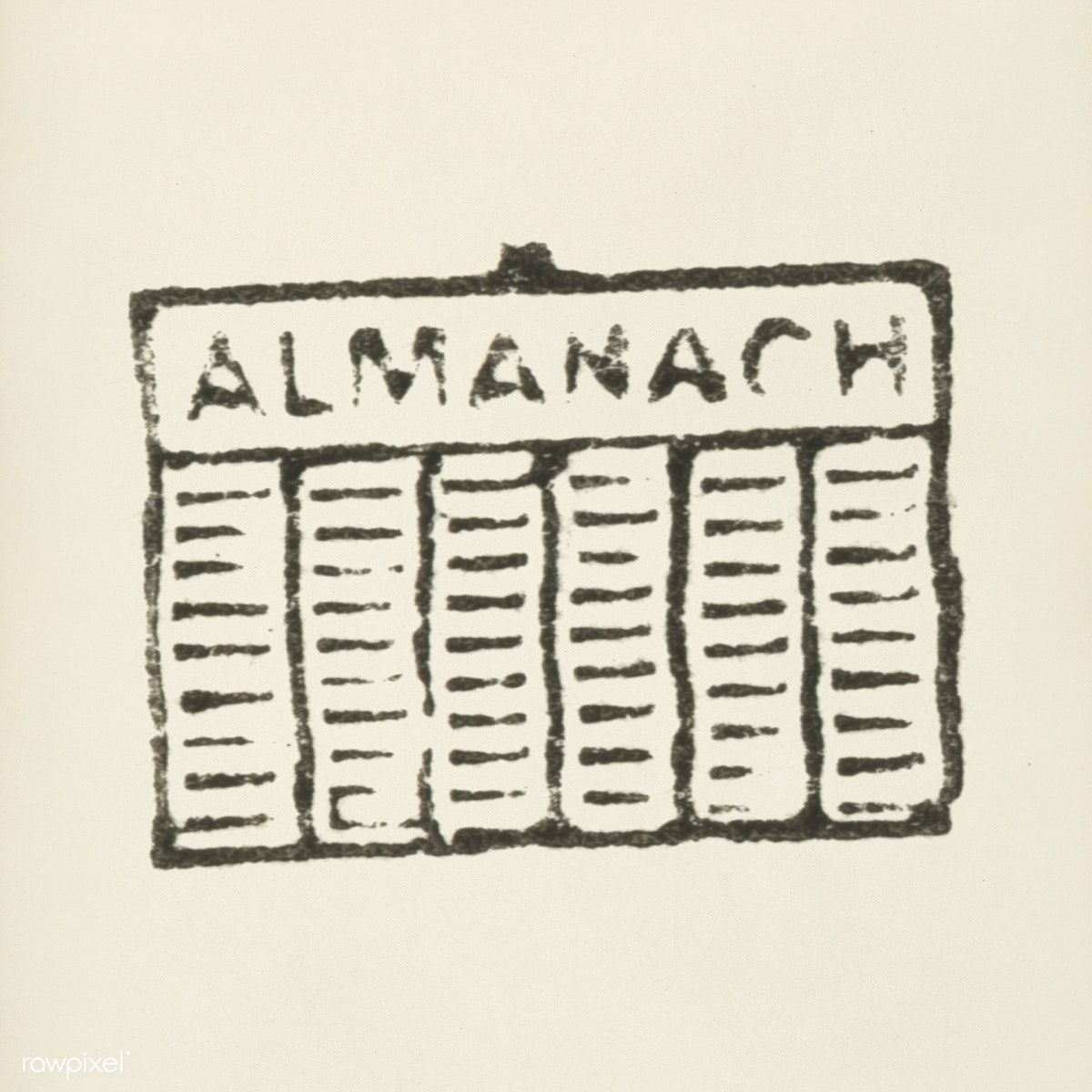Lunar Phase
Nathan Smith-Manley
Last Update il y a 2 ans
The lunar phases refer to the different appearances of the illuminated portion of the moon as viewed from Earth. These phases occur because the moon orbits around Earth and reflects sunlight, causing different portions of its surface to be illuminated at different times.
There are eight primary lunar phases, which occur in the following order:
New Moon: The moon is not visible because it is between the Earth and the Sun.
Waxing Crescent: A small sliver of the moon's illuminated portion is visible on the right side.
First Quarter: Half of the moon's illuminated portion is visible, making it look like a half-circle.
Waxing Gibbous: More than half, but not all, of the moon's illuminated portion is visible on the right side.
Full Moon: The entire illuminated portion of the moon is visible, making it appear as a full circle.
Waning Gibbous: More than half, but not all, of the moon's illuminated portion is visible on the left side.
Third Quarter: Half of the moon's illuminated portion is visible, making it look like a half-circle.
Waning Crescent: A small sliver of the moon's illuminated portion is visible on the left side.
These lunar phases occur in a repeating cycle that takes approximately 29.5 days to complete, known as a lunar month or synodic month. The exact duration of a lunar month can vary slightly due to factors such as the elliptical shape of the moon's orbit and the gravitational pull of other celestial bodies.
The moon has been a fascinating object for human beings for thousands of years. From ancient times, people have observed the moon and its phases, and its cycles have been used to mark important events, from agricultural planting and harvesting to religious celebrations and astronomical observations. The lunar phase, or the appearance of the moon as seen from Earth, is determined by the relative positions of the moon, Earth, and the sun. In this article, we will explore how the lunar phase is calculated.
The lunar phase is determined by the amount of sunlight reflected by the moon as it orbits Earth. As the moon moves around Earth, it passes through different positions relative to the sun, and the amount of sunlight that falls on its surface changes. This causes the moon to appear to change shape as seen from Earth, and these changes in shape are what we refer to as the phases of the moon.
The lunar phase is calculated based on the angle between the sun, the moon, and the observer on Earth. This angle is called the phase angle, and it determines how much of the moon's surface is illuminated by the sun. When the phase angle is zero, the moon is in its new moon phase, and it is not visible from Earth. When the phase angle is 180 degrees, the moon is in its full moon phase, and it is visible as a fully illuminated disc.
To calculate the lunar phase, astronomers use a number of different methods. One common method is to use the lunar phase angle, which is the angle between the sun, Earth, and the moon as seen from Earth. This angle can be calculated using trigonometry, and it determines the phase of the moon. Another method is to use the moon's position relative to the stars. Because the moon moves relative to the stars, its position can be used to determine its phase.
Astronomers also use a variety of tools to help them calculate the lunar phase. One tool is a lunar phase calendar, which shows the phase of the moon for each day of the year. These calendars can be used to predict future lunar phases, and they are useful for planning outdoor activities, such as stargazing or lunar photography.

